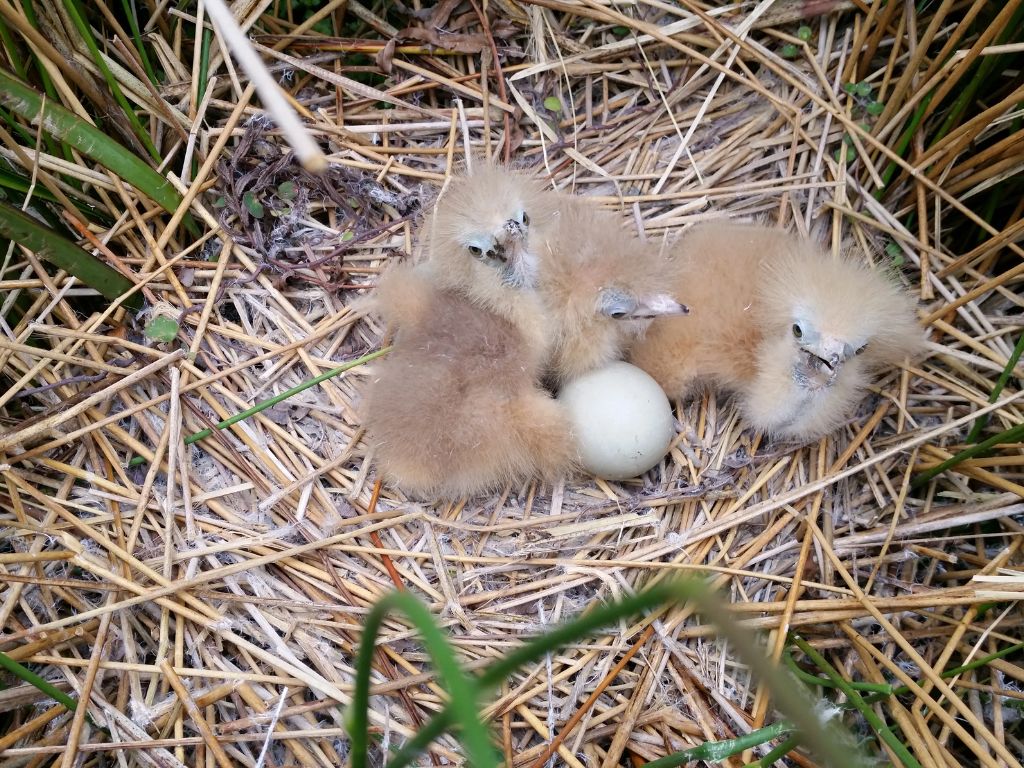You might not know of matuku-hūrepo (Australasian bittern) – with fewer than 1,000 living in New Zealand, they’re rarer than whio or hoiho. This secretive native bird hides in wetlands across Aotearoa, Australia and New Caledonia.
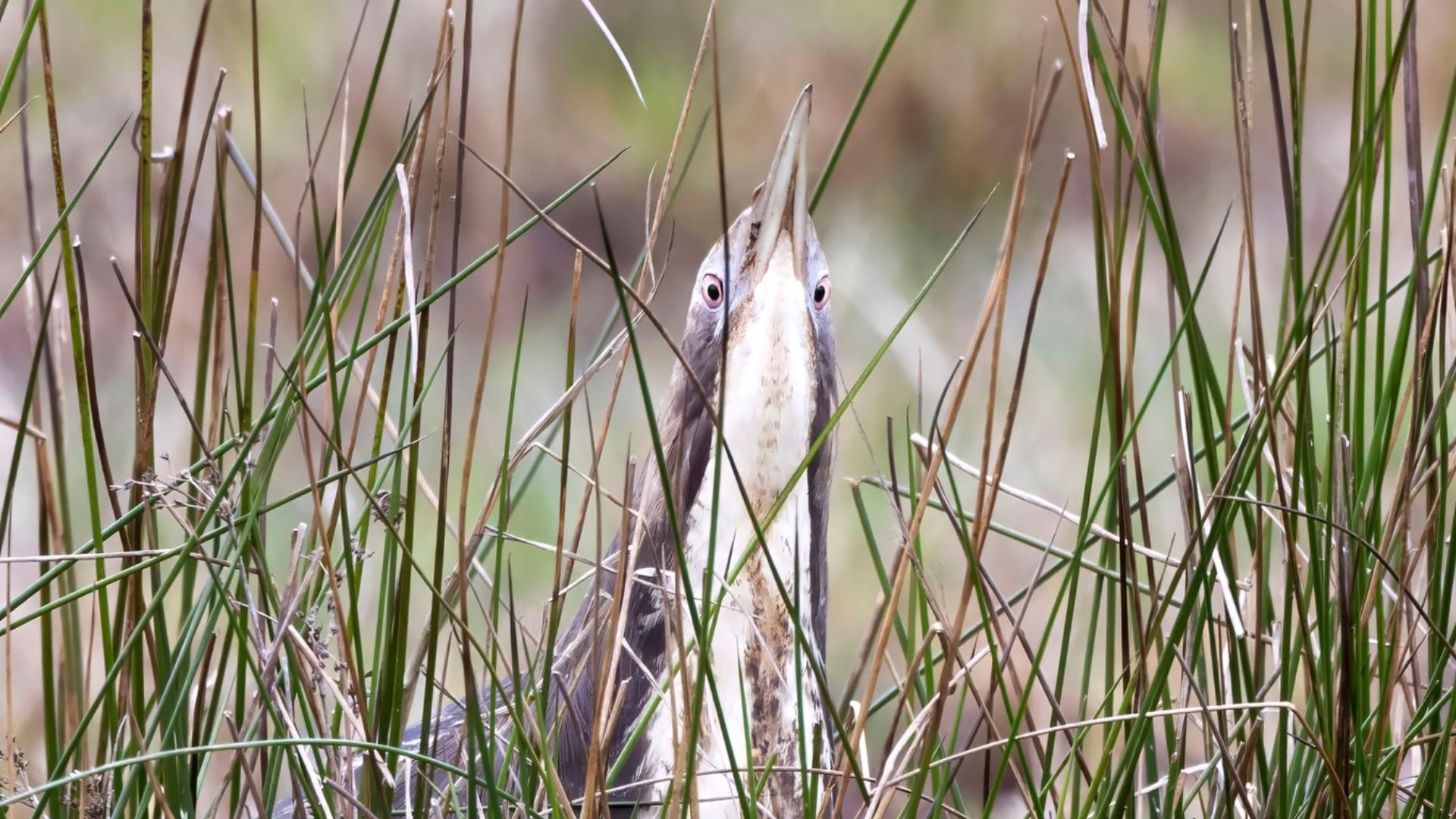
They’re big but sneaky
Bitterns are big birds. You’d think it’d be easy to spot a bird around the height of a dinner table and with a wingspan stretching to one metre.
But despite their size, they are incredibly sneaky; much of that is due to their strong freeze reflex and camouflage.
When approached, they stop with their beak facing skyward. Their mottled brown and cream plumage blends perfectly into the raupō (bulrush) and harakeke of their wetland homes. Even experienced bittern watchers can’t spot the birds when they stand up looking just like a stick.
This reflex works brilliantly to protect them from sight-hunting birds of prey. But introduced predators, like cats and ferrets, hunt by smell and can easily sniff out, and then snuff out, a frozen bittern.
Standing still isn’t much help against motorists either, so go slow when driving near wetlands.
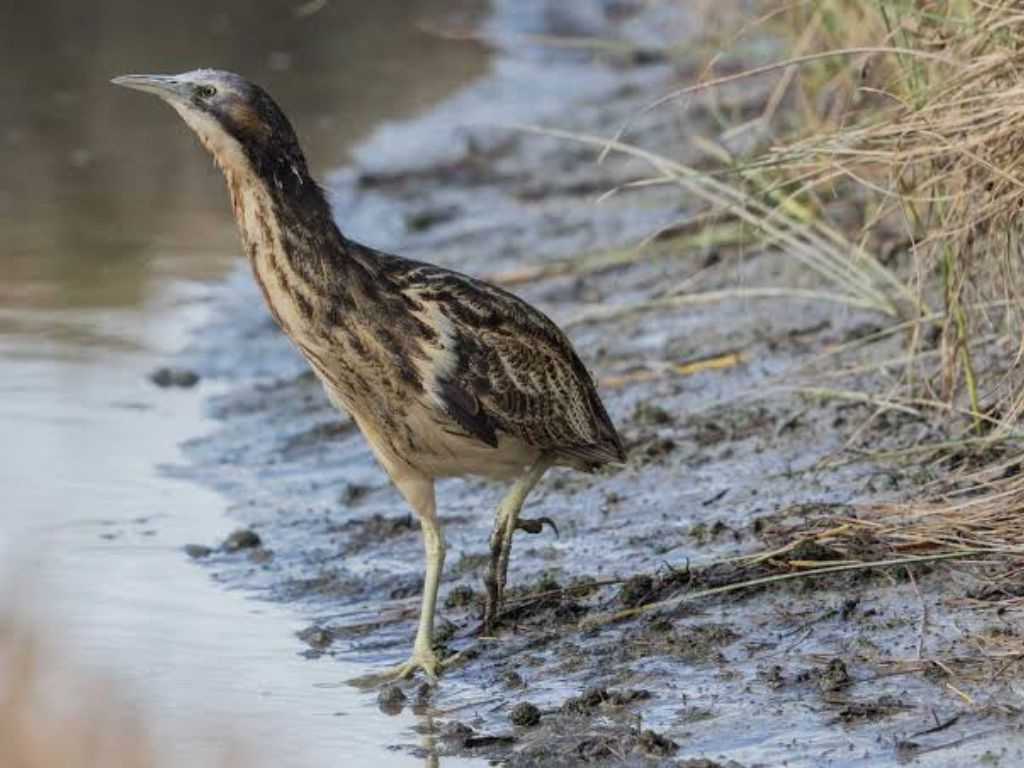
Quiet ladies and booming boys
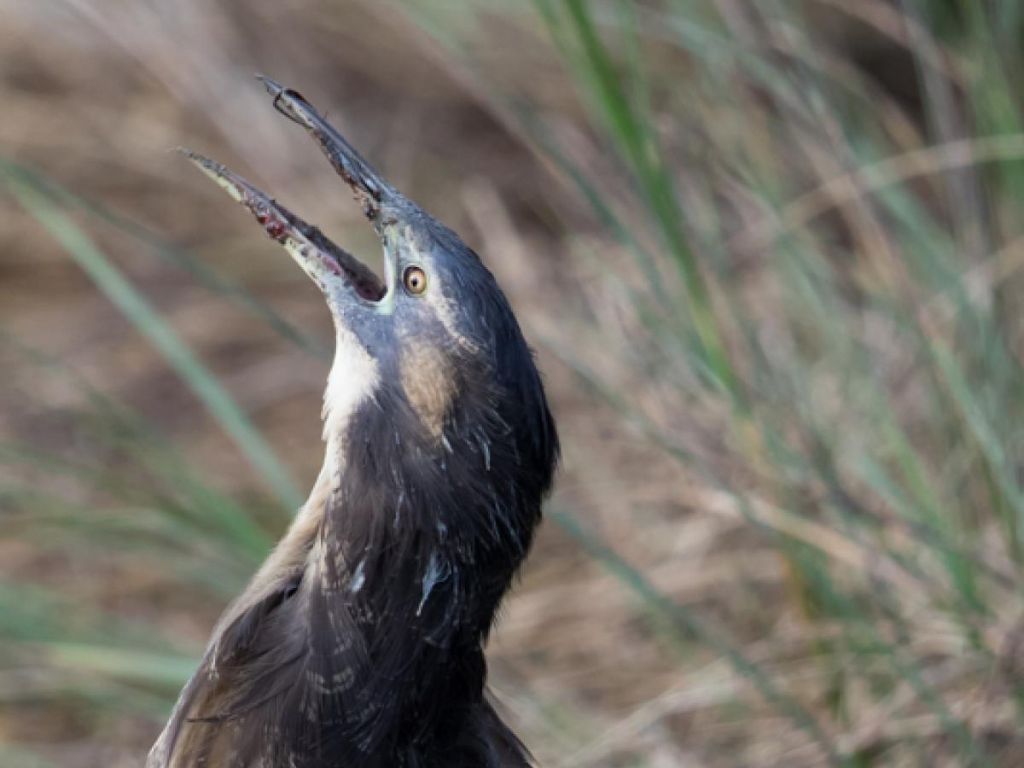
Bitterns don’t make much noise. Females are extremely quiet, and for most of the year, males hardly make a sound either. All you might hear is an occasional nasal “kaw” when they’re flying, but that all changes for mating season.
From July, male bitterns start “booming” to attract a mate and to let other males know to back off.
The boom is loud and eerie, like a distant foghorn or the sound of blowing over a bottle. Around dawn or twilight, their calls ring out across wetlands. They can make up to ten booms in a row, but three or four is typical before they take a break and go again.
Booming continues through the summer nesting season to defend their territory from other males.
Don’t bother with murky water
Bittern presence indicates wetland health – they only visit wetlands with clear water.
A bittern’s gotta eat. Their favourite foods? Things that zoom around in the water like fish, eels, crabs and frogs.
Bitterns are swamp ninjas. They use their keen eyesight to spot their prey and carefully stalk it before striking it with their sharp beak at just the right moment.
Sight hunting like this means bitterns need clear water. They can’t feed if they can’t see, so they won’t bother turning up if the water is murky.
Wetland planting and predator control make a big difference for bittern. Numbers have doubled at Wairarapa Moana over the last decade on the back of mahi from the Wairarapa Moana Wetlands Project.
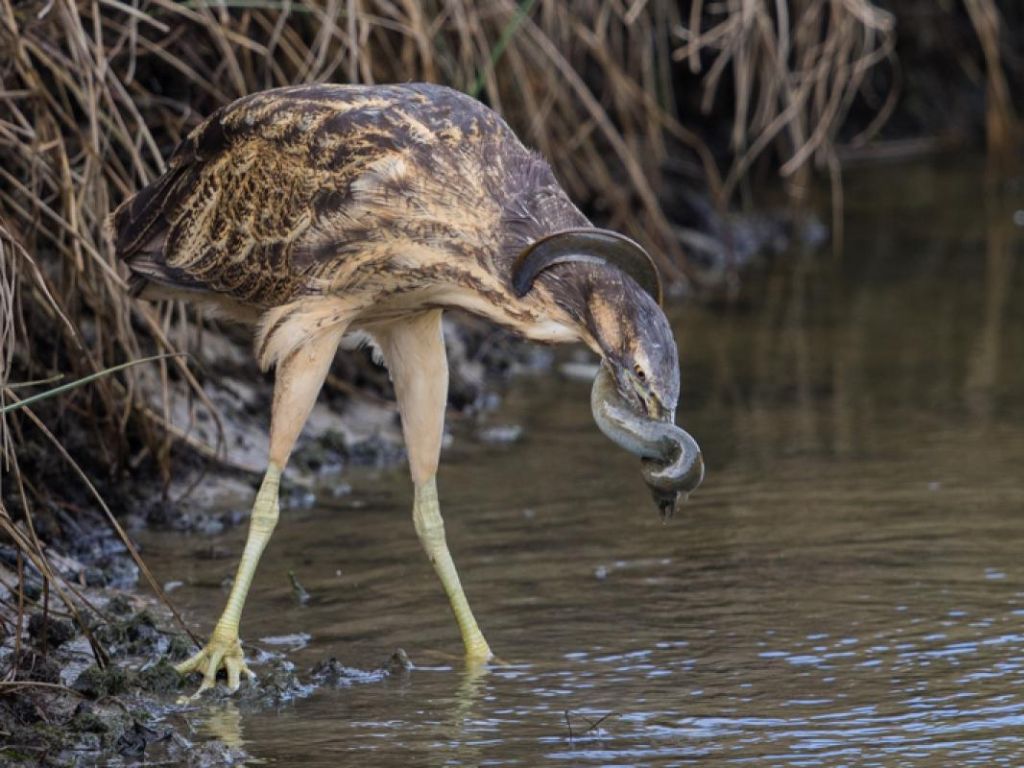
They get around
Matuku don’t stay in one place — bitterns are mobile birds. They use multiple wetlands to feed and can fly long distances.
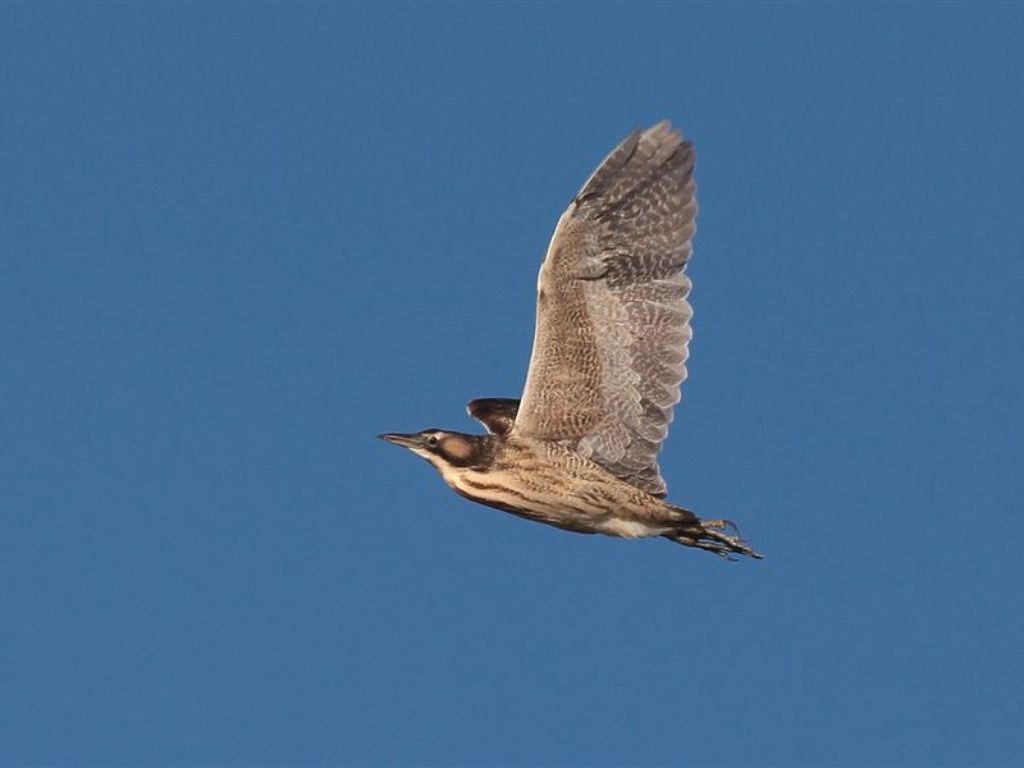
Waikato’s Whangamarino Wetland is home to about 20% of the bittern population, but they’re also found in other wetlands across Waikato, Northland, the East Coast of the North Island, and the West Coast of the South Island.
Radio surveying in Australia has recorded movements of 550km in 11 days, but bitterns have a smaller home range on this side of the Tasman.
However, they have still travelled up to 140 km between wetlands — the distance between Christchurch and Timaru. This mobility makes it tricky to count them. If you spot one at a wetland today and another at a different wetland tomorrow, you can’t be sure they’re two distinct individuals.
Despite the challenge, the first coordinated count of bitterns in Aotearoa will happen this spring when the boom peaks. The Great Matuku Muster encourages everyone to record bittern on the same day to avoid double counting. The Bittern Conservation Trust has more information on the muster.
Nest on stilts
After booming and finding a mate, bitterns need a place to keep eggs warm and dry. They skillfully fold raupō stems into a platform that keeps eggs off the ground.
Females silently incubate the eggs alone for about 25 days. Meanwhile, the male patrols their territory, booming to keep others away. Once hatched, the chicks hang around in the nest for another seven weeks. The female alone feeds them, leaving them unguarded while she hunts for food.
During nesting, birds are particularly vulnerable to predation, making it a vital time for predator control in wetlands.
You can help bittern by trapping and planting in and around wetlands. You can find a group near you on our national map.
